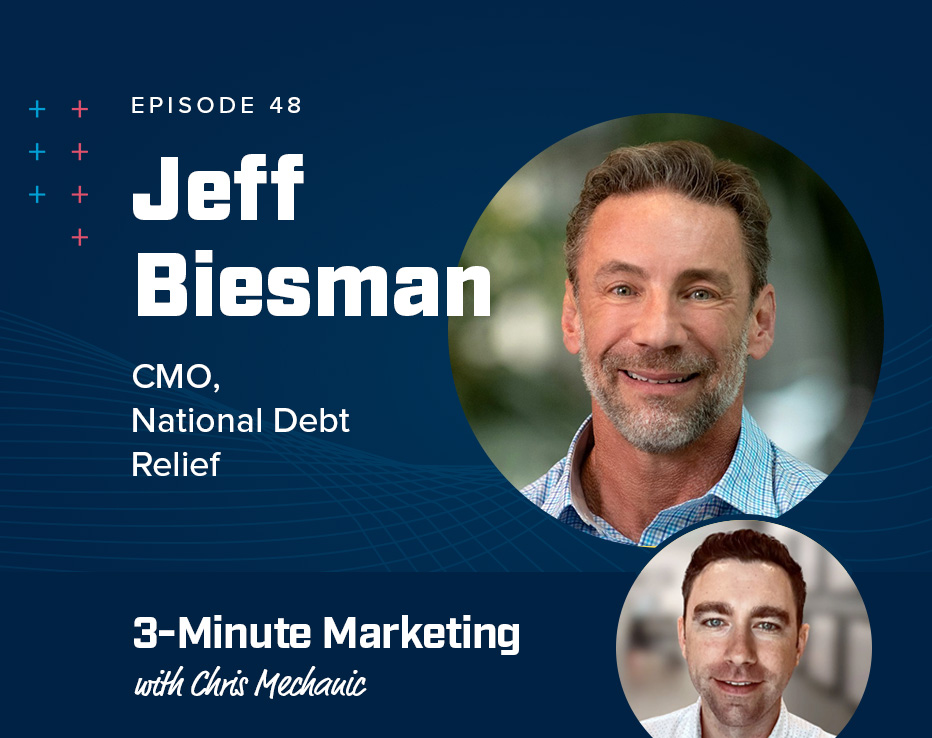
Why branding matters in B2B software marketing
In the world of B2B software marketing, there’s a lot of competition.
A common struggle is trying to stand out when you’re competing against software superstars without any brand recognition of your own.
Customers can easily switch between platforms if they don’t like the user experience or features. And with more and more competition each day, customer retention is getting tougher for many organizations.
I’m going to show why you need a B2B branding strategy, and a little love, to succeed in a modern, competitive market space.
Why B2B Brand Positioning Matters
“A brand is the sum total of all the emotions, thoughts, images, history, possibilities, and gossip that exist in the marketplace about a certain company.” -Luke Sullivan
The importance of brand building can’t be overstated. When you have a clear vision of your value proposition and audience, it makes it easy to identify how to reach them and how to sell them on your product. That’s where the importance of branding in marketing comes into play.
Here’s what a great brand can do:
- win customers
- support marketing and advertising
- grow reputation
- improve employee loyalty
- create clarity
- connect emotionally
- set expectations
- differentiate you from commodity competitors
- and incentivize customers to pay more
Here’s what a poor brand (or lack of branding) will do:
- add confusion
- erode consumer trust
- dilute brand recognition
- stunt company growth
- weaken marketing impact
- cheapen perceived value
- poor customer experience
- negatively impact bottom line
No software company wants that for their brand. So, what do you do about it?
Do a Little Googling…
Consumers do a ton of research online before going with a software provider.
Start with a Google search of your company or product’s name and buzzwords you think users are searching to find your software. Your marketing team should be able to fill in any gaps with keyword research and competitor analysis.
What you’ll find is a number of ads at the top of the search results for your competition. If you see ads when researching your product or brand, talk to your marketing team about a branded campaign strategy.
Underneath the ads you’ll likely find some aggregated lists from online directories for the “Best [Insert Type of Software] of [Insert Current Year].” Pay attention to which directories are showing up, what software is most prominent, and where you rank among the pack.
Users look to online directories like Capterra and G2Crowd to compare software and find the one that resonates most with their pain points and needs. They can filter by software categories and look at options based on things like ratings, number of reviews, and features, but most of the time sponsored listings show up at the top of the pack.
Have you explored any of these third-party sources yet to see what prospective customers are seeing before making a decision on which B2B software to choose?
Read User Reviews
Give customer reviews some attention.
Don’t just look at your Google ratings — check out other listings and directories, whatever is showing up in search results. There are so many places users can review your software online. Make a list of where you’re mentioned, sign up for an account for each site, and talk to the listing reps about how to engage with users leaving reviews and how to improve your listing.
You may even learn about features or updates your users want.
Bad reviews? Don’t worry too much, just know that you need to dedicate some time to online reputation management. This situation is the perfect place for someone from marketing, sales, or business development to take in reviews, respond to them (both the good and bad), and disseminate feedback to proper internal parties.
You may find that the product is great but your implementation or support team could be more helpful. Or maybe there’s a huge bug in your product that you never knew about but your online presence is catching flack. All of this useful information is just waiting for you to find it, and I bet your prospects are using it to make buying decisions.
Don’t be afraid to spy on the competition, either. Find out what users like so much about their software (and what they don’t). You’ll be able to use all that data to successfully market and improve your software.
Start Somewhere
After doing your research, how are feeling about your brand? If you feel like the road ahead is long, look at it as an opportunity for greatness! It’s better to start now than never at all. Here’s what you need to remember as you work through this journey:
The best B2B software marketing relies on a solid foundation. To make sure your foundation isn’t built on pillars of sand, have a clear vision of your unique value proposition and offerings. Keep branding consistent throughout your company and reinforce it on a regular basis.
If this isn’t established, your online marketing efforts can fall to pieces against the competition.
To create and maintain great B2B branding, constantly communicate with your C-suite, the sales team, other employees, and customers.
Finally, master online directories because they are effective in the B2B software industry. Our guide on How to Master B2B Software Online Directories should prove helpful.
What’s your biggest hurdle right now when it comes to achieving successful B2B marketing? Let me know in the comments.
Discover how we helped a software company land the biggest deal ever. Get a free case study.
Read about the top 11 B2B digital marketing tools
View all posts filed under “Content Marketing.”
Most newsletters suck...
So while we technically have to call this a daily newsletter so people know what it is, it's anything but.
You won't find any 'industry standards' or 'guru best practices' here - only the real stuff that actually moves the needle.






